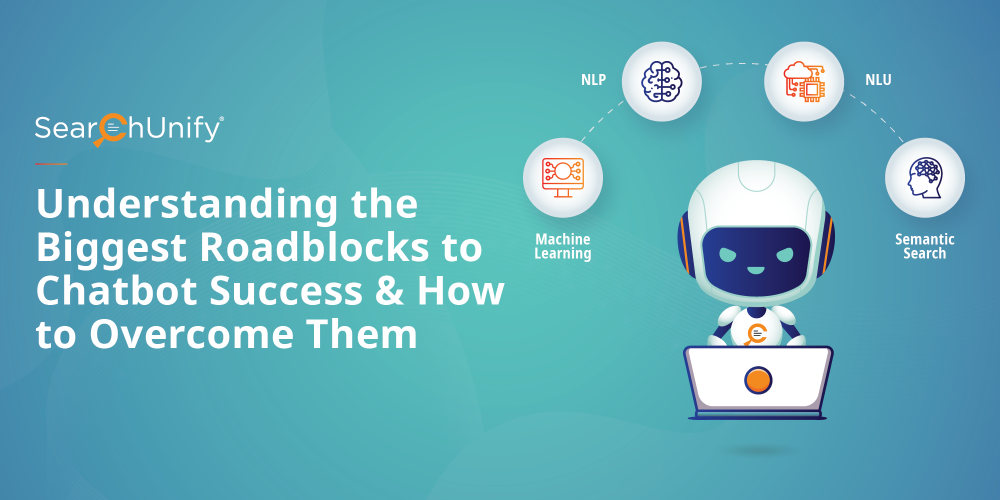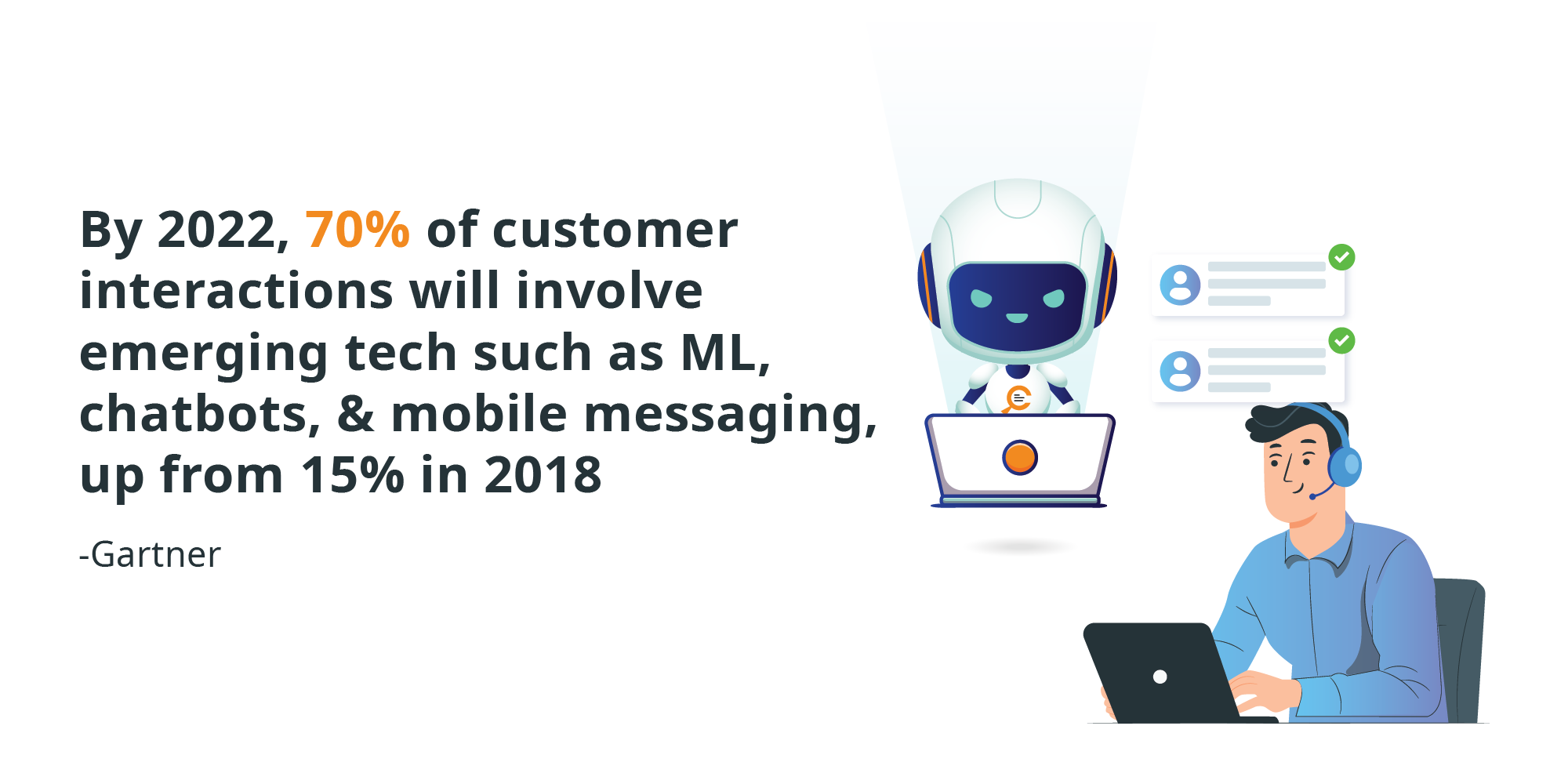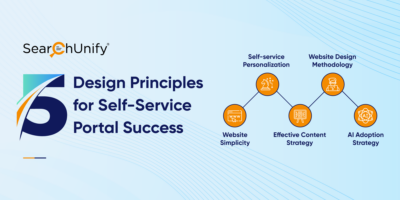
Numerous organizations are resorting to virtual assistants as their primary source of engagement with prospective and existing customers. Virtual assistants or chatbots were introduced as the means to augment user experience by providing the most relevant results in real-time. But is that really the case?
Deemed to be refreshingly authentic in their conversations, chatbots still lack the human touch and present a dismal state of support success in most organizations. This gets us thinking why, despite investing in advanced technologies, chatbots fail to deliver.
The Effectiveness of Chatbot Technology
Investment in self-service technologies like chatbots, virtual assistants, and Natural Language Processing continues to swell up. However, something is still amiss. Often, bots leave the customers in limbo, thus making us wonder if chatbots really are smart enough to effectively connect with customers and scale up conversations wherever required?
The answer would be no. There are a couple of technical roadblocks standing in the way. These include:
1. Scripted and Dull Conversations
During the recent years, virtual assistants or chatbots have progressed considerably. That said, there is one inadequacy of using an automated chat service that continues to become more evident by the day. It is the lack of charm and essence of a human being, therefore making the interactions stilted.
2. Inadequate Contextual Knowledge
It’s imperative for chatbots to generate a contextual response to a user’s query. This can be possible only if these virtual assistants have access to disparate data silos along with the means to integrate them. However, a lack thereof leads to unanswered queries and dissatisfied customers, which sadly happens to be the current scenario.
3. Poor User Experience
The inability of bots to correctly interpret user intent usually results in frustrated customers, which goes without saying is bad news for the business. Understanding the emotions of a customer and providing help accordingly is one aspect where bots fail miserably. After all, irrespective of how advanced a bot might be, there comes a situation where human intervention becomes necessary.
4. Poor Chatbot – Human Handoff
Despite their best efforts, bots are only as smart as the humans teach them to be. The virtual assistants can only serve limited conversations with customers, which often leads to unresolved queries.This can further aggravate an already disgruntled user, who then might request to speak to the higher authority.. An incoherent bot to human transition, or worse, its absence, in such a case would leave a customer high and dry with an unresolved issue.
Overcoming the Hurdles with AI
AI has brought about a revolutionary change in terms of improving customer service. Even though the negative impacts of ineffectively using chatbots to assist the customers are plenty – on the bright side, bots hold the potential to transcend other forms of communication.

Source : www.gartner.com
So when used cautiously, these virtual assistants can actually enhance the efficiency of your support staff. Here’s what you can do:
1. Create Machine Learning Based Models
As part of this approach, the power of human intelligence and machine is brought together to create machine learning models. This means, when a machine is unable to solve a problem, it can still suggest or provide the most accurate mechanisms that the customers can follow to resolve their issues.
2. Integrate NLP to Enhance Customer Interactions
Natural Language Processing (NLP) comes into play each time the virtual assistant fails to understand intent or emotions. NLU typically entitles the bots to become smarter by deciphering the underlying meaning from spelling mistakes, slangs, incomplete sentences, etc. NLU and NLP collectively help in decoding, interpreting and understanding human language to provide speedy resolutions.
3. Moving towards ‘Flow Based Conversations’
Integrate cognitive and semantic search to offer a seamless conversational experience that mimics human-like interaction. This involves bots learning from their past interactions and thus improving their responses over time via sentiment, intent, and entity recognition.
Move Beyond The Hype – Are Chatbots here to Stay?
In the words of L. Heather Pemberton from Gartner, “By 2020, the average person will have more conversations a day with bots than they do with their spouse”.
We’re in 2021 and it seems like what Heather said is slowly turning into reality where self-learning visual assistants are delivering intelligent and cognitive customer service. Incorporating the usage of bots within the organization can be a make or break situation. The bottom line is adopting a bot that can determine user intent and context.
As opposed to traditional bots, the virtual assistant powered by SearchUnify works around the cognitive search framework to derive relevant results. Using advanced Natural Language Processing systems, SearchUnify’s bots are shifting the focus from command-driven towards more conversation-driven bots that interpret the real intent behind a user’s query.
If you’re still confused how SearchUnify powered bots fit the bill, then I’d suggest you give a quick read to this datasheet. It discusses at length how SearchUnify’s chatbots differ from traditional standalone chatbots.


















